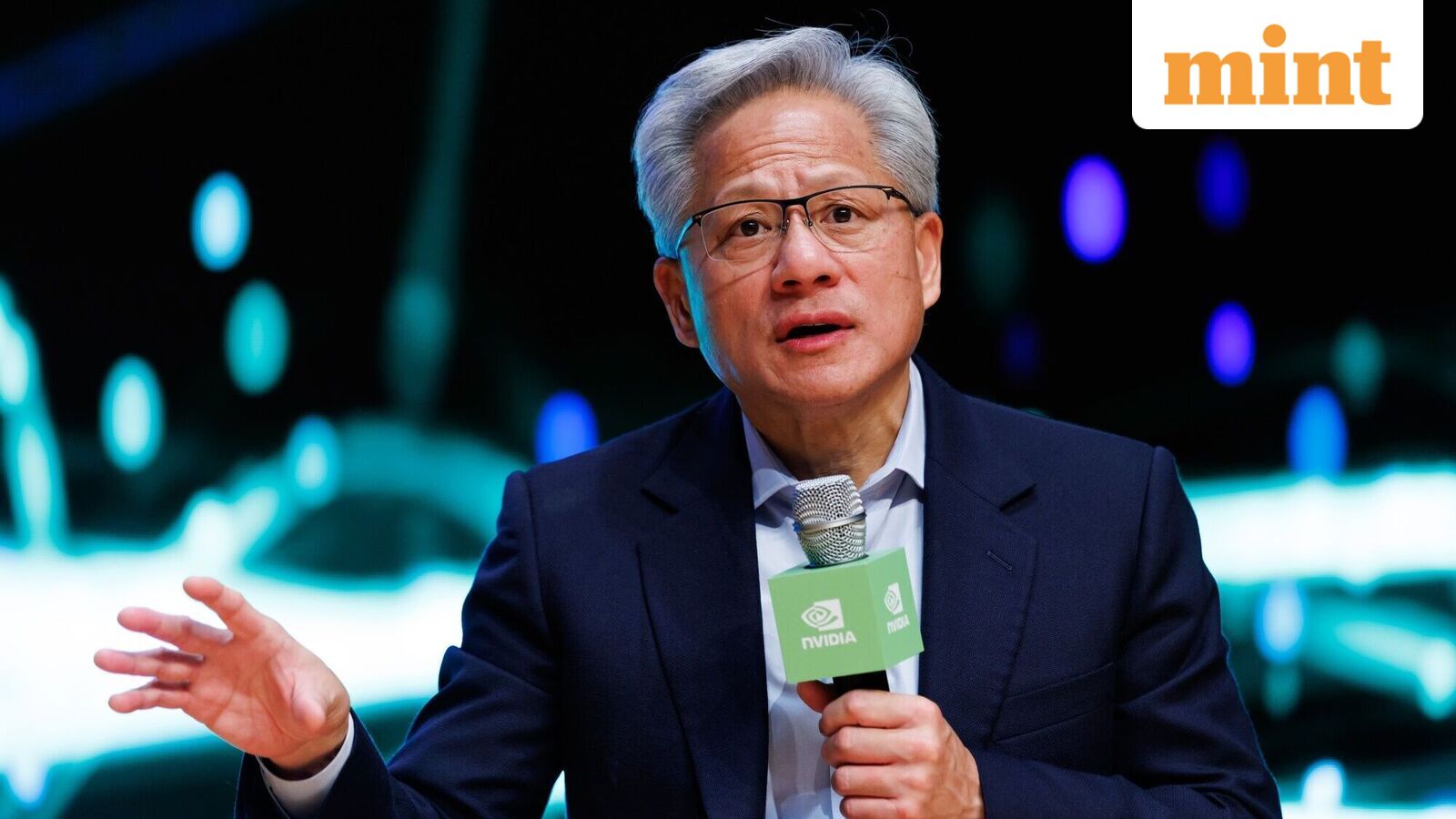Huang: China is only “nanoseconds” behind the United States in the AI race
On 5 November 2025, Nvidia CEO Jensen Huang said that China is only nanoseconds behind the United States in the global race for artificial intelligence. The comment underlines how narrow the lead is in AI computing power and capability between the two countries.
What he meant
Huang used the phrase to highlight how small the technical gap has become. In practical terms, nanoseconds is a metaphor for very short margins in computing performance, latency and infrastructure — areas that matter a great deal for advanced AI models and real‑time applications.
Why this matters for business
- Competition for talent and investment: Small performance gaps make markets more competitive for top engineers, researchers and venture capital.
- Supply chain and hardware pressure: Faster AI progress means greater demand for chips, data centres and specialised hardware from companies and governments.
- Product differentiation: With capabilities converging, firms will compete more on integration, data access and user experience, not just raw performance.
Geopolitical and regulatory implications
A near‑parity in AI capability raises policy questions about export controls, technology partnerships and national security. Governments may tighten rules around sensitive hardware and software, while businesses could face more complex compliance demands when operating across borders.
What companies should watch
- Monitor hardware availability and pricing as demand for AI accelerators grows.
- Invest in software optimisation and data‑centric approaches to stay competitive even if raw compute becomes widely available.
- Strengthen global risk planning for regulatory and supply‑chain disruptions.
Bottom line
Huang’s remark is a concise way to say the margin separating major AI players is shrinking. For business leaders, the key takeaway is to prepare for faster shifts in capability and competition, and to focus on strategies that go beyond chip performance alone.
